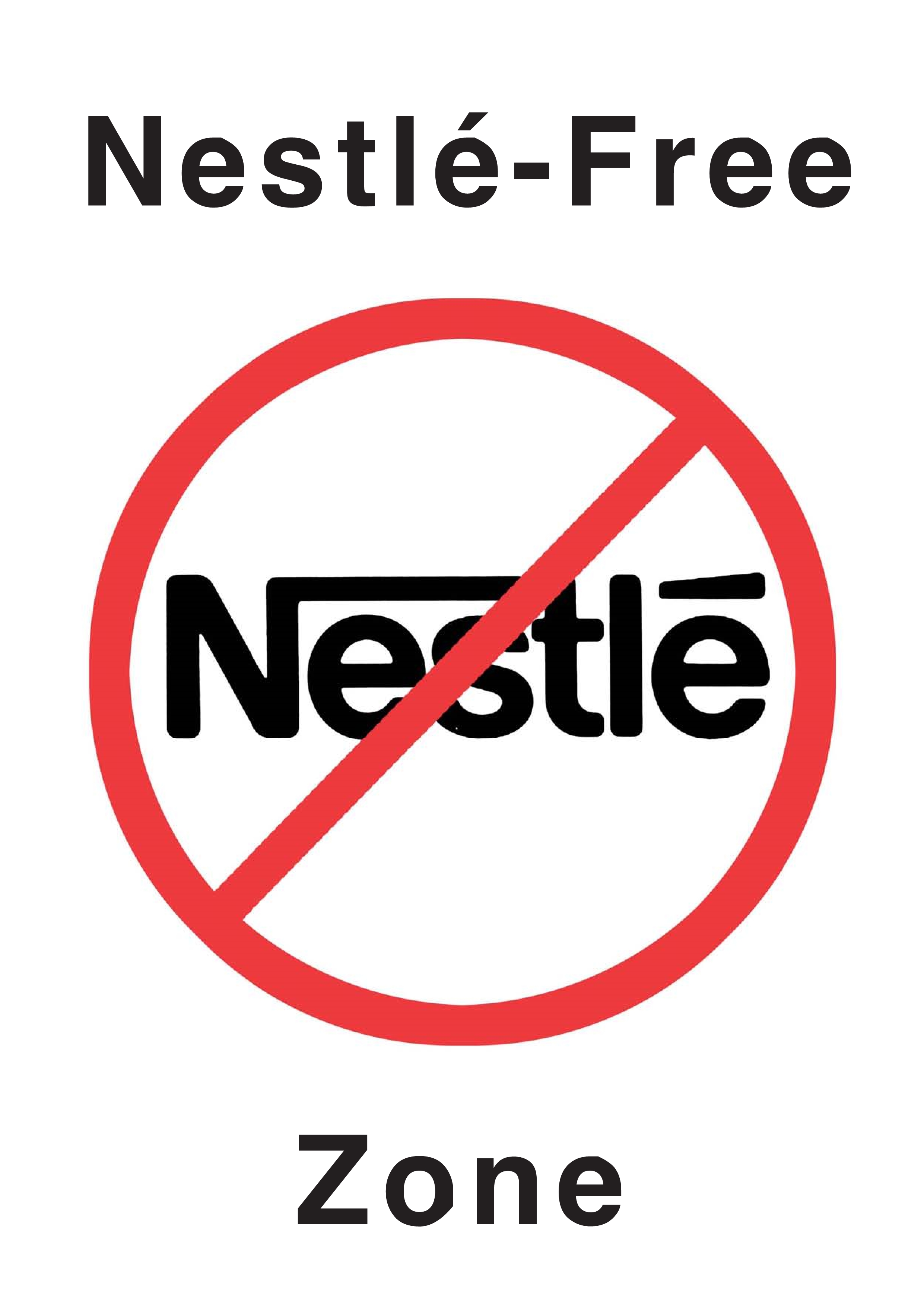International Breastfeeding Journal
Our main objective was to determine the evolution of IgG and IgA antibodies directed against SARS-CoV-2 protein S in the blood of lactating women and in breast milk.
Exclusive breastfeeding remains sub-optimal in low-income countries contributing to infant mortality. Mobile health (mHealth) interventions, delivered through personal mobile phones, to improve exclusive breas...
Almost half of all pregnant women in the United States gain weight above Institute of Medicine gestational weight gain guidelines. Breastfeeding has been shown to reduce weight retention in the first year post...
Human milk is important for the health and development of preterm infants. China’s neonatal intensive care units (NICUs) have adopted the management system of maternal–infant separation. Human milk received an...
Parental stress in neonatal intensive care units (NICU) is well known, as is the stress induced by the COVID-19 pandemic. This combination might increase stress to the extent of affecting the availability of m...
Estimates by the World Health Organization indicate that over 800,000 global neonatal deaths each year are attributed to deviations from recommended best practices in infant feeding. Identifying factors promot...
With mobile technologies becoming more advanced and accessible, mobile health (mHealth) has been incorporated in delivering timely and convenient breastfeeding support. However, its feasibility and potential e...
Nutritional support influences the growth and development of late preterm infants (LPIs) and their long-term health status. However, healthy LPIs have a shorter hospital stay and may not receive adequate care ...
HIV and sub-optimal infant feeding practices remain important threats to child growth, development, and survival in low- and middle-income countries. To our knowledge, few studies have explored health service ...
To date, 40 Human Milk Banks (HMB) have been established in Italy; however, recent cost analysis data for operating an HMB in Italy are not available in the literature.
The World Health Organization recommends that babies should receive exclusive breastfeeding (EBF) for six months, and mothers should be encouraged to breastfeed until their infant is aged two years or older. T...
Unilateral cleft lip and / or palate (UCL/P) is one of the most common congenital craniofacial differences. The objective of this study was to describe the maternal perception of breastfeeding in children with...
Lactation support resources are less likely to be located in close proximity to where Black families live and there is a systemic racist health care belief that Black women prefer bottle feeding (with infant f...
WHO recommends donor milk as the next best choice if Mothers’ own milk (MOM) is unavailable. At our milk bank, during the COVID 19 pandemic, we observed a steep decline in the collection of donor milk, while P...
The in-hospital stay following childbirth is a critical time for education and support of new mothers to establish breastfeeding. The WHO/UNICEF ‘Ten Steps to Successful Breastfeeding (Ten Steps)’ was launched...
Exclusive breastfeeding is the optimal infant nutrition, providing infants immunoprotection against many diseases including SARS-CoV-2 infection. Restrictions during the COVID-19 pandemic may have negatively a...
The impact of breastfeeding on childhood obesity has long been under debate, with most research showing significant association, and others showing weak or no association between breastfeeding and childhood ob...
Cesarean birth is associated with a higher prevalence of delayed onset of lactogenesis II (DOLII) than vaginal birth. DOLII refers to the delayed initiation of copious milk production beyond 72 h after birth. ...
The health workers in Jiaxing of China have established maternal health WeChat groups for maternal health education and management since 2019. Pregnant women in Jiaxing are invited to join the WeChat groups an...
The 2013 WHO guidelines for nutritional rehabilitation of malnourished infants under six months (u6m) focus on inpatient re-establishment of exclusive breastfeeding and recommends discharge when infant is gain...
Most Recent Articles: International Breastfeeding Journal
SubscribeFeliratkozás a következőre: International Breastfeeding Journal hírcsatorna

